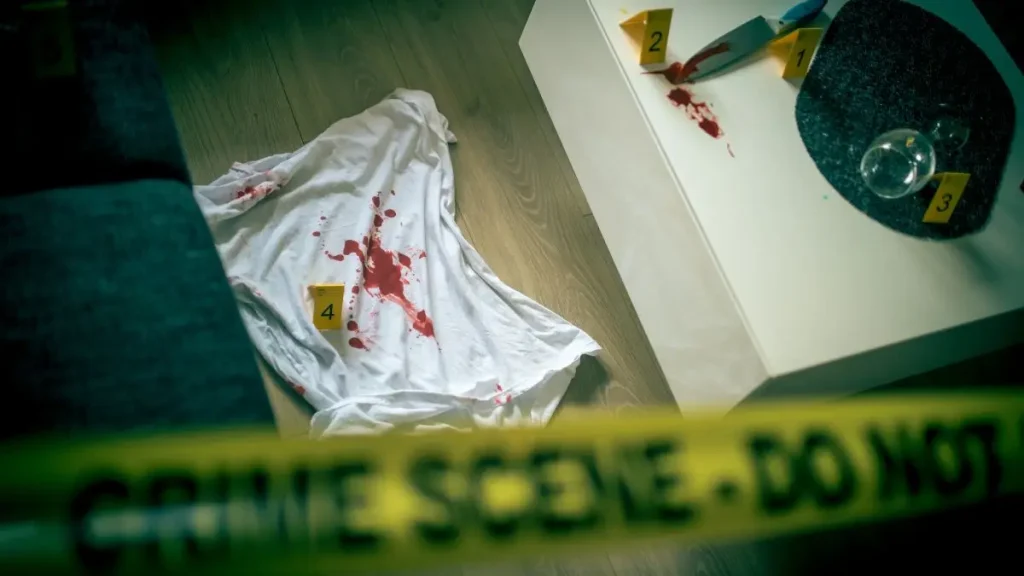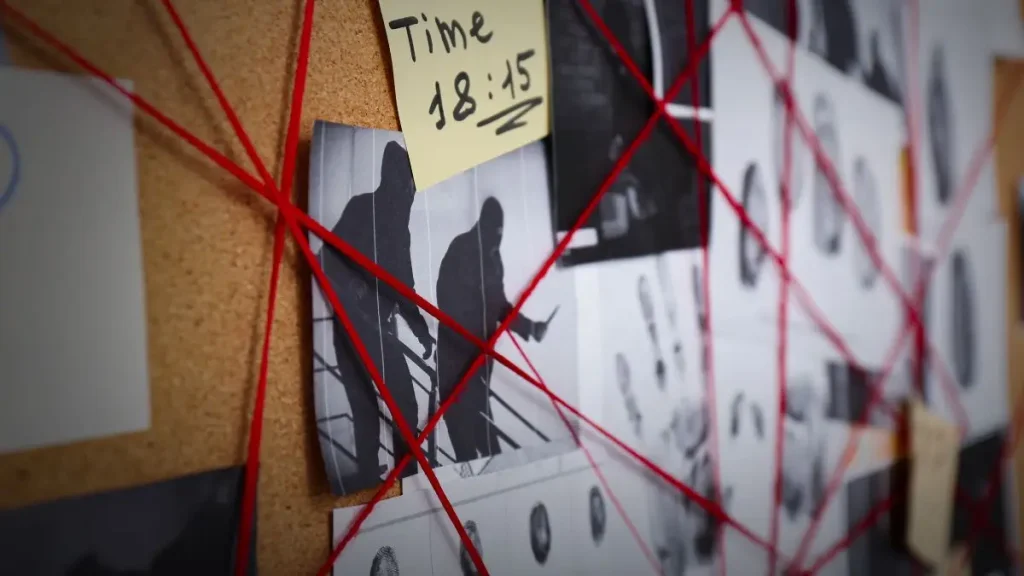4 Found Dead in New Hampshire Home, Including 2 Children
I still remember reading about the news from Madbury, New Hampshire, and feeling a knot in my stomach. Four members of the Long family—two parents and their two young children—were found dead in their home on Moharimet Drive. The discovery happened Monday night, around 8:21 p.m., after state troopers responded to a 911 call.
What struck me immediately was the heartbreaking detail: a toddler, a third child in the house, was found alive and unharmed. I can’t help but think about the shock of everyone involved—the neighbors, the first responders, and, of course, the surviving child.
The scene was grim, with the authorities confirming that all four deceased suffered gunshot wounds and were pronounced dead at the house.
Reading through the initial reports, I kept asking myself, how does something like this happen in a quiet community just two miles from a university and fifteen miles from a larger city?
I wanted to understand not just the facts, but the human story behind them—the fear, the confusion, and the questions that investigators are still trying to answer.
Identities of the Victims

When I read the names of the Long family, it hit me differently. Emily Long, 34, and Ryan Long, 48, were not just parents—they were pillars of their community. Their children, Parker, 8, and Ryan, 6, were bright young kids with their whole lives ahead of them.
WMUR reports that these identities were officially confirmed by the New Hampshire Attorney General’s Office, which makes the tragedy feel painfully real rather than just another headline.
I find myself thinking about the surviving toddler, now with relatives. You can imagine the chaos and the fear in that house that night. The sheer weight of understanding that four lives were lost while one child escaped unharmed is almost impossible to process.
As you read this, I want you to picture the human side behind these names—the parents, the kids, and even the extended family now grappling with this loss.
How Investigators Found Them – Timeline of Events
You know, when I read the ABC News report, I could almost visualize the scene. Troopers arrived at the home on Moharimet Drive around 8:21 p.m., following a 911 call.
Imagine the tension as they made contact with the callers, who were known to the family, and then entered the house to find the bodies of four family members. It’s a chilling thought, and I don’t want to even imagine being in their shoes.
You and I might not realize how much work goes into those first critical moments. ABC News describes at least six police cruisers at the scene and officers going in and out of the home, trying to piece together what happened.
I can feel the urgency and the controlled chaos as investigators start asking themselves, “Who found what first? What was the order of events?” You start to understand why even professionals say they often have more questions than answers in these situations.
It reminds me of another case where swift action by law enforcement saved lives, like this story of a Joliet woman who confronted an intruder during a home invasion.
Cause of Death & Autopsy Plans
I’ll be honest—I struggled writing this part because it’s grim. The authorities have confirmed that each of the deceased suffered apparent gunshot wounds.
All four were pronounced dead at the scene. You can almost hear the silence in that home after such a tragedy, can’t you?
The Attorney General’s Office has scheduled autopsies for Wednesday. You and I both know that autopsies are not just routine—they’re how investigators confirm exactly what happened, in what order, and sometimes why.
Even though it’s hard to read, this information gives you a sense of clarity amidst chaos and speculation.
Sadly, fatal shootings in homes aren’t isolated incidents. Earlier, two men were charged in a West Ridge home invasion that ended tragically.
Murder-Suicide Investigation Angle

When I read the statements from Assistant Attorney General Ben Agati, I felt the frustration he must be experiencing. He said, “One of the biggest questions they have right now is motive.
Why?” You and I can understand why that question haunts everyone involved. Investigators are treating this as a possible murder-suicide, but the why and how are still mysteries.
It’s not easy to confront, but thinking about it helps you see the real challenges behind such cases. You start to realize that these events aren’t just about the tragic end—they’re about understanding the emotional and psychological layers that led to it.
And even though the investigation is ongoing, authorities have reassured the public that there’s no known threat, which I’m sure gives some comfort to neighbors and anyone reading this.
For real-time updates on ongoing investigations and community alerts, some local readers follow a dedicated WhatsApp feed that shares verified reports as they come in.
Community & Location Context
I want you to picture Madbury for a second. It’s a small Seacoast town, just two miles north of the University of New Hampshire in Durham and about fifteen miles west of Portsmouth. You might not know it, but places like this often have tight-knit communities where everyone looks out for each other.
When you think about the scene, with police moving in and out, neighbors watching in shock, and flowers and tributes appearing afterward, it’s a stark reminder of how one event can ripple through an entire town.
I can almost feel the unease and grief that hangs in the air, and I know you, like me, can’t help but empathize with everyone involved.
Cases like the Port Arthur home invasion, where the culprit received a lengthy sentence, highlight how communities and the justice system respond to such tragedies.
What’s Next – Updates to Watch
You and I both know that in tragedies like this, the first reports are only the beginning. Authorities have scheduled autopsies, which should provide more definitive answers about the sequence of events and how each death occurred. These results will help fill some of the gaps that are still haunting the investigation.
I also want you to pay attention to updates from the family, local authorities, and the community. Small details—like statements from neighbors or school officials—can shed light on the broader impact.
And while we wait, it’s important to remember that investigations like this take time; rushing to conclusions doesn’t help anyone.
What do you think could be done to support families and communities affected by tragedies like this? Share your thoughts in the comments below—I’d love to hear from you.
Final Thoughts
I can’t emphasize enough how careful we need to be when processing news like this. It’s easy to get caught up in the horror, but we also have to remember the people behind the headlines—the parents, the children, the surviving toddler, and their grieving family.
If you’re reading this and feeling unsettled, I want you to know that it’s normal. There are resources you can turn to.
For example, the 988 Suicide & Crisis Lifeline is available 24/7 for anyone struggling with mental health or emotional distress. You and I might not be able to fix the world’s tragedies, but we can acknowledge them and care for ourselves and those around us.
If you want to read more stories about real-life incidents and how communities cope, check out our Home Security section.
Disclaimer: The details in this article are based on official reports and confirmed statements. Speculation about motive or unverified information has been avoided. The content is intended to inform responsibly while respecting the privacy of those involved.


